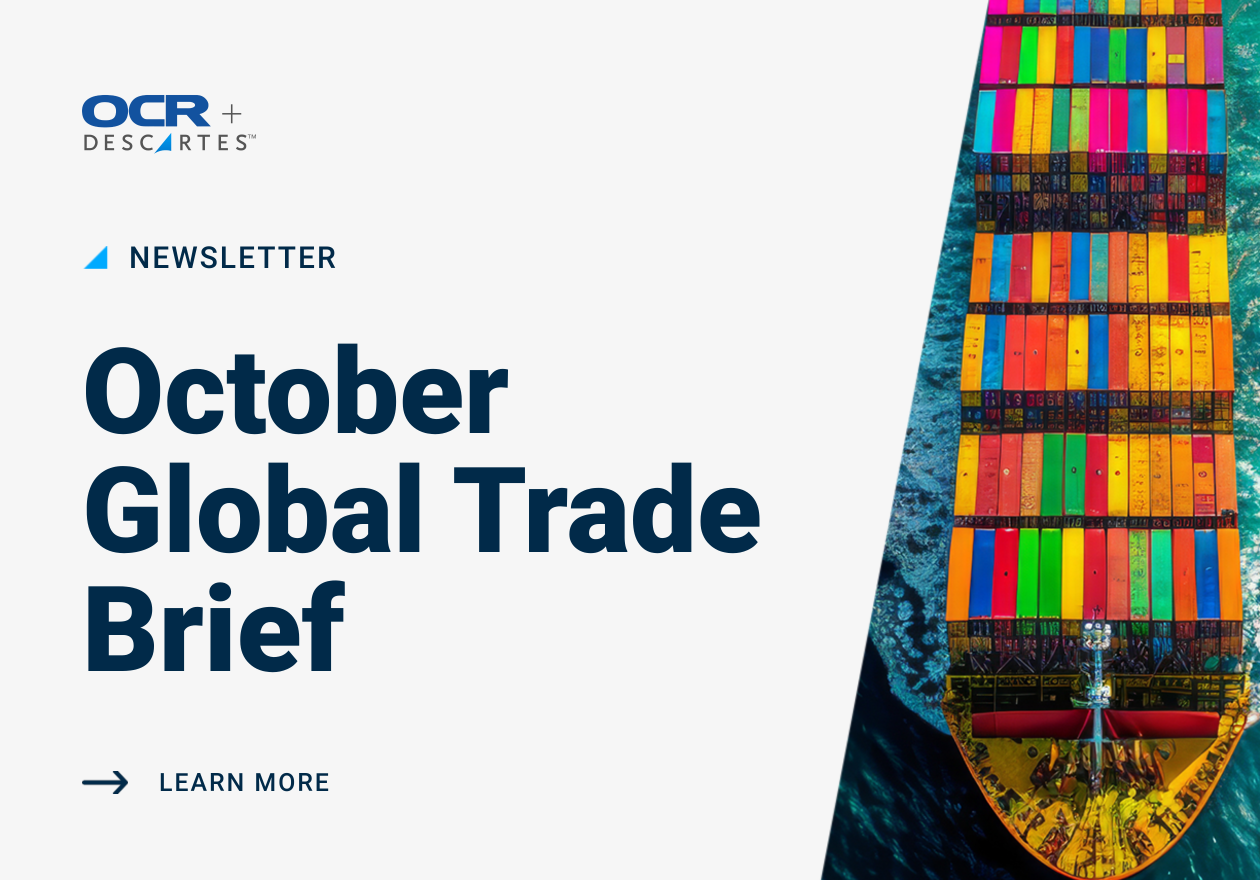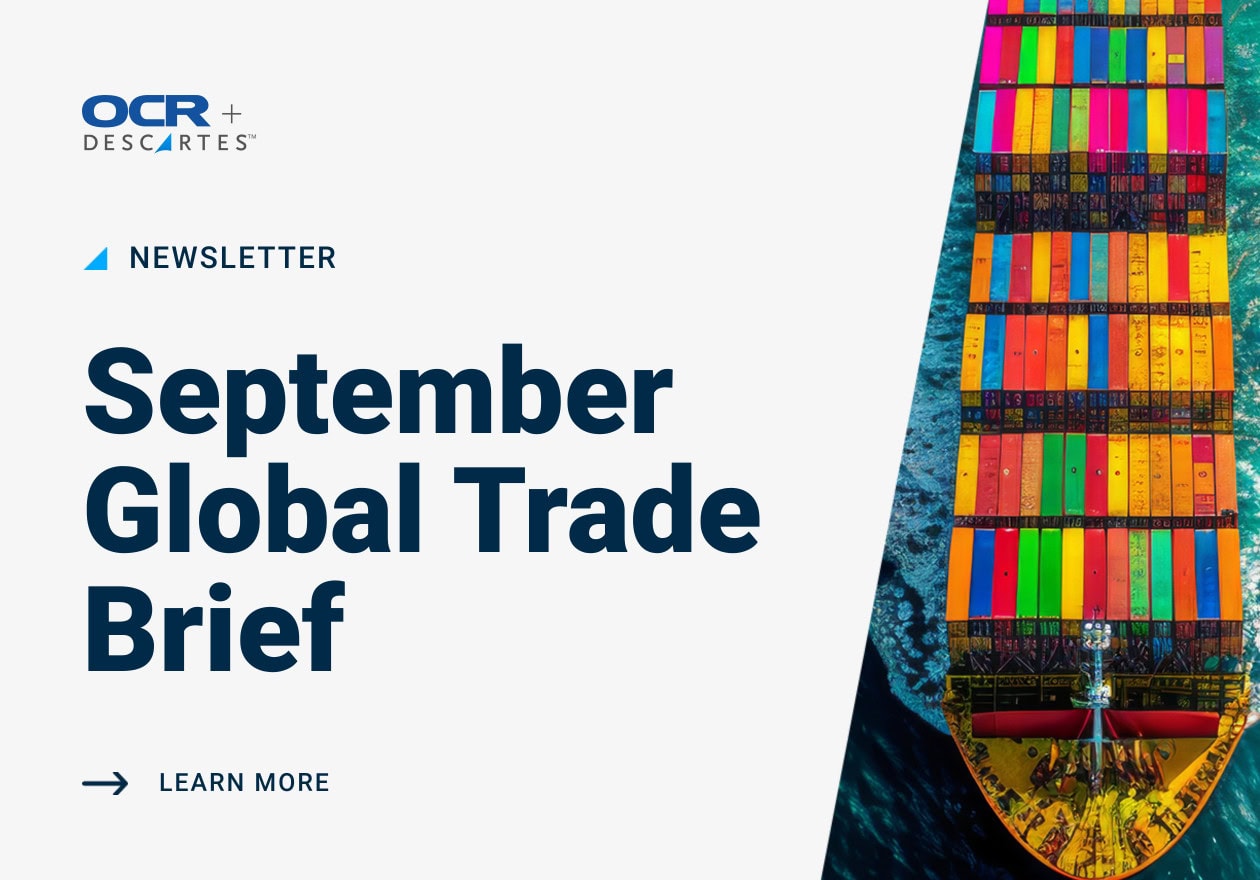For several years, companies that both export and import wine have been claiming drawback on charges paid on the imported wine on the basis of their substituted exports, For example, if a company imported 100 bottles of red wine and then exported 100 bottles of red wine, that company could claim drawback for nearly all charges assessed on the imported merchandise. The wine substitution exception has resulted in a near total refund of the excise taxes paid on the imported wine. This has occurred even though the substituted exported wine was either not subjected to any excise tax or had received a complete refund of any previously paid excise taxes.
Customs and Border Protection (“Customs”) claims that this treatment of wine was a mistake. Customs and the Department of the Treasury passed regulations to stop the wine industry from continuing to benefit from what the agencies refer to as “double drawback”. The Final Rule prevents a domestically produced exported good, that would have been subject to the excise tax if made available for domestic use, from satisfying a claim for substitution drawback under the language of 19 U.S.C. § 1313(j)(2). The National Association of Manufacturers (NAM) challenged the regulations and the government agencies defended them as reasonable and necessary to reconcile the purpose of the excise tax with the drawback regime.
Result:
Applying the Chevron analysis, the court held that the expanded definition of drawback in the final regulations conflicts with the unambiguous text of the statute, which makes “clear that Congress intended excise taxes on certain alcohol to be recovered as long as the product was not for sale or consumption in the domestic market.” Further, the court held that the definition is also unsupported by the legislative history. Accordingly, the court held the challenged provisions of the final regulations to be unlawful
PRESIDENT TRUMP SIGNS USMCA IMPLEMENTING LEGISLATION
January 29th 2020, President Trump signed legislation to implement the United States-Mexico-Canada Agreement (USMCA)—the agreement to replace the North American Free Trade Agreement (NAFTA).
The USMCA must still be ratified by Canada, and the three countries must satisfy the obligations outlined in the agreement before it can take effect. The new trade agreement addresses a variety of issues including intellectual property protection, digital trade, increased de minimis shipment values, and labor standards enforcement, among other issues.
U.S. PRODUCT EXCLUSIONS, IMPORTS FROM CHINA
The U.S. Senate today, by a vote of 89 to 10, passed legislation to implement the agreement of the United States, Mexico, and Canada (USMCA)—the agreement that would replace the North American Free Trade Agreement (NAFTA).
The U.S. House of Representatives passed the USMCA implementing legislation on December 19, 2019. The bill will now be sent to the White House for action by the President.
U.S. CHINA TRADE AGREEMENT
In September of 2018, the U.S. Trade Representative imposed additional duties on goods of China with an annual trade value of approximately $200 billion as part of the action in the Section 301 investigation of China’s acts, policies, and practices related to technology transfer, intellectual property, and innovation. The U.S. Trade Representative initiated a product exclusion process in June 2019, and interested persons have submitted requests for the exclusion of specific products. This notice announces the U.S. Trade Representative’s determination to grant certain exclusion requests, as specified in the Annex to this notice, and corrects technical errors in previously announced exclusions.
The product exclusions announced in this notice will apply as of September 24, 2018, the effective date of the $200 billion action, to August 7, 2020. The amendments announced in this notice are retroactive to the date the original exclusions were published. February 19th notice is one in a series of previously granted exclusions announced by the USTR between September 2019 and early February 2020
A notice from the Office of the U.S. Trade Representative) published in the Federal Register announces the USTR’s determination to grant additional exclusions (listed in an annex to the notice) and makes amendments to certain notes in the Harmonized Tariff Schedule of the United States from the $34 billion action as part of the action in the Section 301 investigation of China’s acts, policies, and practices related to technology transfer, intellectual property, and innovation.
According to the USTR notice the product exclusions will apply as of the July 6, 2018 effective date of the $34 billion action, and will extend to October 1, 2020. The amendments announced in the notice are retroactive to the date the original exclusions were published and do not further extend the period for the original exclusions.
TARIFFS ON CIVIL AIRCRAFT IMPORTED FROM EU
The U.S. Trade Representative announced an increased customs duty rate on aircraft imported from the European Union beginning in March 2020. The World Trade Organization in October 2019 authorized the United States to take countermeasures on $7.5 billion in goods in the large civil aircraft dispute between the United States and the European Union
A notice released by the USTR for publication in the Federal Register announces that the United States is increasing the additional duty rate imposed on aircraft imported from the EU to 15% from 10%, effective March 18, 2020. The USTR is also making certain other minor modifications.
FEDERAL CIRCUIT: DETERMINING PRODUCTS ARE MADE IN UNITED STATES, WHEN INGREDIENTS COME FROM OTHER COUNTRIES:
[Acetris Health, LLC v. United States, 2018-2399 (Fed. Cir. February 10, 2020)]
Issue: At issue were pharmaceutical products purchased by the Department of Veterans Affairs.
Background: The Trade Agreements Act of 1979 (TAA) bars federal agencies (including the VA) from purchasing “products of” certain foreign countries, such as India. The Federal Acquisition Regulation (FAR) directs federal agencies to purchase “U.S.-made end products” before end products from certain foreign countries.
Facts: In this case, the plaintiff company—a generic pharmaceutical distributor that specializes in providing pharmaceuticals to the federal government—obtained many of its pharmaceutical products from another company that made the products in a facility located in Dayton, New Jersey, using active pharmaceutical ingredients that were made in India. In 2017, the plaintiff had contracts to supply the VA with at least 13 pharmaceutical products.
The VA requested that the plaintiff company verify its compliance with the TAA rules. Eventually, the VA requested that the company obtain a country-of-origin determination from U.S. Customs and Border Protection (CBP) for each of its products, under the assumption that the products were made using active pharmaceutical ingredients from India, and thus were not TAA-compliant. CBP ultimately issued its country-of-origin determinations, finding that the pharmaceuticals were products of India because their active pharmaceutical ingredients were made in India and no substantial transformation had occurred in the United States. The company challenged the CBP’s determinations in the U.S. Court of International Trade, contending that its products’ country-of-origin was the United States. The trade court cases were stayed, pending resolution of this appeal.
The VA interpreted the statutes to define the country-of-origin of a pharmaceutical product to be the country where the product’s active ingredient was manufactured (India). The company disagreed, and the U.S. Court of Federal Claims granted the plaintiff company declaratory and injunctive relief, holding that the VA had misinterpreted the TAA and the FAR and enjoined the VA, in future procurements, from using this erroneous interpretation. The government appealed.
Conclusion: The Federal Circuit held that the suit was justifiable and agreed with the federal claims court on the result, but found that the remedy was “imprecise” in certain respects. Thus, the Federal Circuit affirmed in-part, vacated in-part, and remanded for the entry of a declaratory judgment and injunction. The Federal Circuit concluded that the VA had misinterpreted the TAA and FAR provisions to exclude pharmaceutical products that were manufactured in the United States using active pharmaceutical ingredients made in a foreign country. The appeals court found such products were not, under the TAA, the “product of” the country in which their ingredients were made, and were “U.S.-made end products” under the FAR.



